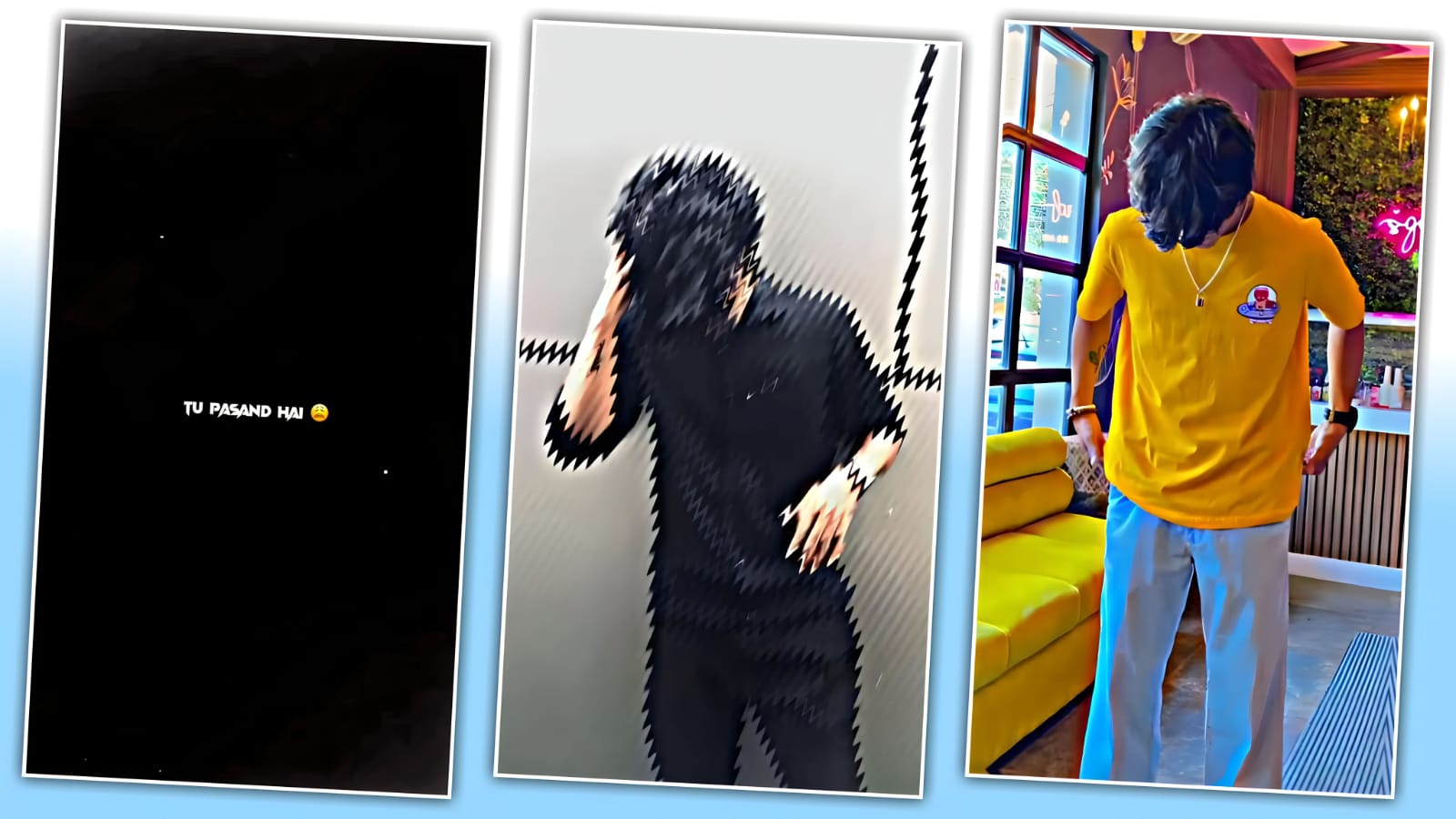How to Learn Wing Chun

Wing Chun is a style of kung fu that emphasizes close quarter combat, quick punches and tight defense to overcome opponents. This traditional Chinese martial art destabilizes opponents with quick footwork, defense and offense happening simultaneously, and redirecting opponent’s energy to your advantage. This is a complex kung fu method that requires years of practice to master, but beginners can easily start learning Wing Chun by understanding its principles, theories and basic skills.Learn the center line theory. A foundation of Wing Chun is the protection of your body’s center line. Imagine a line that starts at the middle top of your head and travels along the middle of your chest to the lower body. This is the center line of your body and it is the most vulnerable. It must be protected at all times.[1]
- According to the center line theory, you should always attack down the center line and perform your defensive moves against your opponent’s center line.
- The basic open stance in Wing Chun is based on the theory of the center line. In the open stance, stand facing forward with your knees bent and your feet pointing slightly outward. By facing your opponent head-on, you are able to attack with the most balanced force.Be wise and economical with energy. A key Wing Chun principle is that, during fighting, energy should be used conservatively and economically. Use your opponent’s energy by deflecting or redirecting blows.[2]
- Use motion economically and wisely. The idea here is that your body should travel the shortest distance in a minimum amount of time to connect with an opponent. This also helps to conserve your own energy.
3
Stay relaxed. A tense body will use energy unnecessarily. Keep your body relaxed and you will be more at ease.[3]
- If you have experience in other martial arts, (especially “hard styles”), you will have to “empty your cup” or unlearn bad habits. Wing Chun is a soft style with many neutralizing techniques that require you to be “soft” and relaxed. Reconditioning your muscle memory and building relaxed habits can be frustrating and takes time, but it will be worth it in the long run.
4
Hone your reflexes. In Wing Chun, the fighter will react to a fight using quick reflexes to interrupt an attack and change the fight to be on your terms.[4]Alter your fighting strategy according to your opponent and environment. Your opponent might be tall or short, big or small, male or female, and so on. Similarly, the environment in which you fight can be different – outside, inside, rainy, hot, cold, and so on. Be ready to adjust your fighting to suit the conditions.[5]
6Learn Wing Chun’s forms. The practice of Wing Chun is broken into a succession of six different forms, each of which builds on the previous form. In each form, you will learn proper stance, body positioning, hand and foot movements, and balance. These forms are:
- Siu Nim Tao
- Chum Kiu
- Biu Gee
- Muk Yan Chong
- Luk Dim Boon Kwun
- Baat Jaam Dao
- If you have experience in other martial arts, (especially “hard styles”), you will have to “empty your cup” or unlearn bad habits. Wing Chun is a soft style with many neutralizing techniques that require you to be “soft” and relaxed. Reconditioning your muscle memory and building relaxed habits can be frustrating and takes time, but it will be worth it in the long run.
- Use motion economically and wisely. The idea here is that your body should travel the shortest distance in a minimum amount of time to connect with an opponent. This also helps to conserve your own energy.




